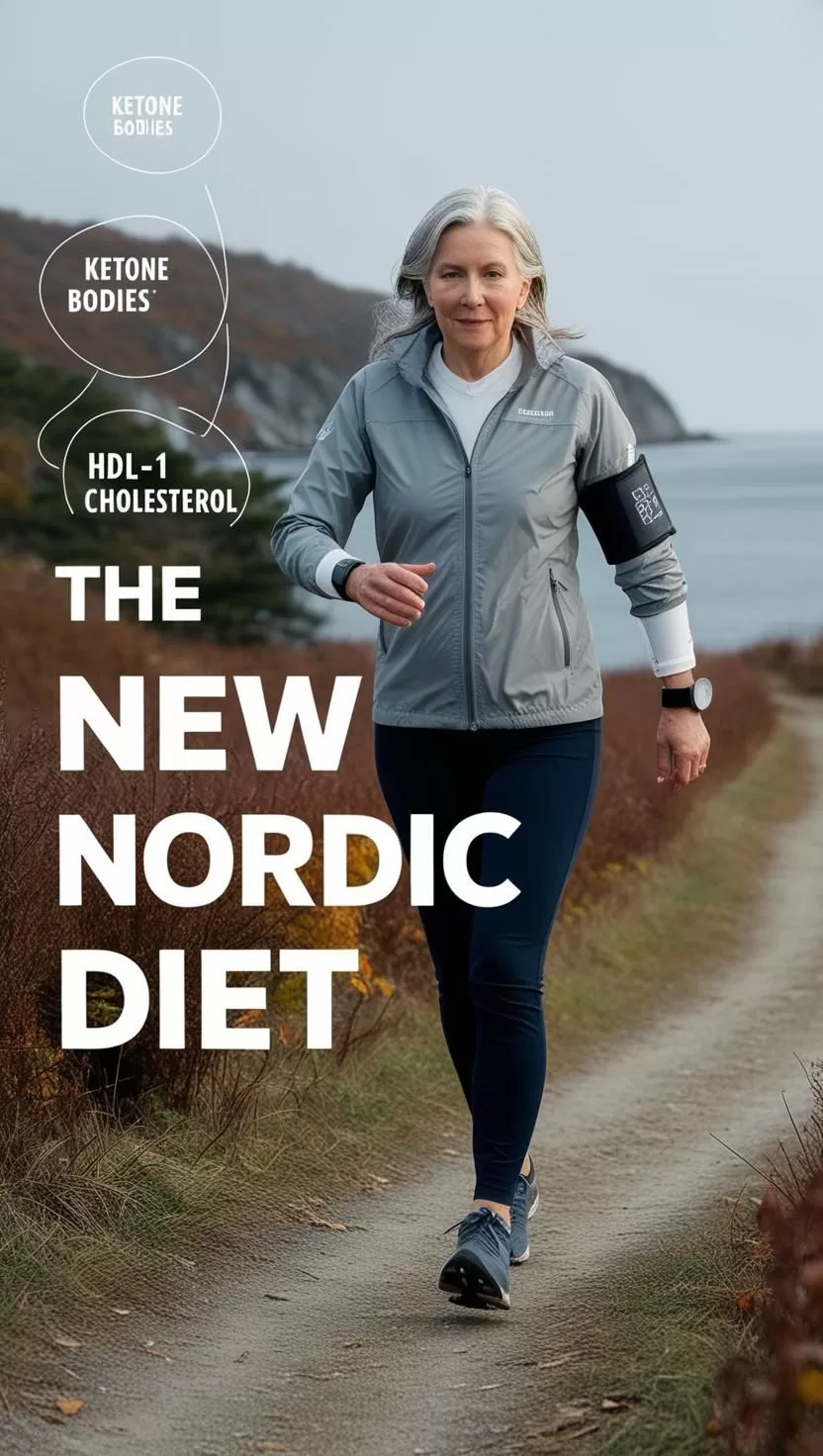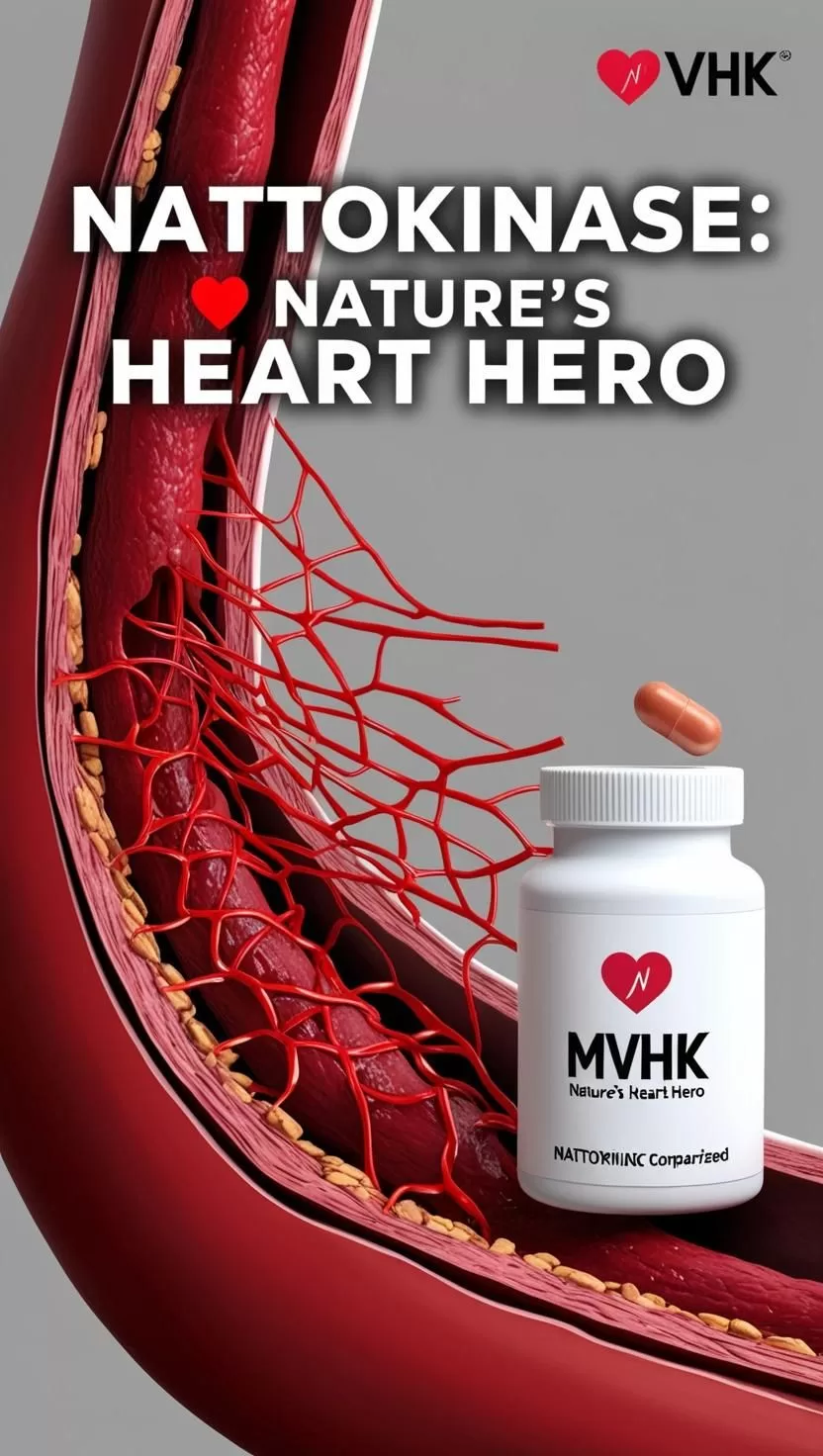How the New Nordic Diet Lowers Blood Pressure Through Ketone Body Metabolism
The New Nordic Diet (NND) has gained momentum as a health-forward eating pattern, and new evidence proves it’s not just hype. In a six-month clinical study of centrally obese Danish adults, those following the NND not only lost more weight than those on the Average Danish Diet (ADD) but also lowered their blood pressure — and researchers say the secret lies in ketone body metabolism.
1️⃣ Ketone Bodies and Blood Pressure: What the Research Shows
The Study Setup
A total of 181 participants with central obesity were randomly assigned to either the NND (90 people) or ADD (56 people). Measurements of their weight, metabolic markers, and blood pressure were taken at baseline, 12 weeks, and 26 weeks.
Weight Loss Wasn’t the Only Win
Participants on the NND not only experienced significant weight reduction but also showed measurable drops in both systolic and diastolic blood pressure.
2️⃣ The Metabolic Link: How Ketones Act on Blood Pressure
Ketone Body Breakdown
The NND group showed an increase in several key ketone bodies:
- 3-Hydroxybutyric acid
- Acetone
- Acetoacetic acid
These are typically elevated during fat metabolism, suggesting a shift toward fat as the primary energy source — a hallmark of metabolic flexibility.
Why This Matters for Blood Pressure
Elevated ketones were inversely associated with diastolic blood pressure. That means as ketones rose, blood pressure went down. This suggests that the metabolic changes induced by the NND may directly support cardiovascular health — particularly in those over 50.
3️⃣ Nutritional Drivers: What’s in the New Nordic Diet?
Whole Grains, Fish, and Forest Foods
Key components of the NND include:
- Rye, barley, and oats
- Fatty fish like salmon and mackerel
- Root vegetables and cabbages
- Berries and wild fruits
These foods contribute to a nutrient-dense, low-glycemic profile that supports ketogenesis and lipid regulation.
HDL-1 and Apolipoprotein A1
The study also identified shifts in HDL-1 cholesterol and apolipoprotein A1 levels — both linked to cardiovascular protection. This reinforces the NND’s dual action: promoting fat loss while improving lipid profiles.
Conclusion: How to Get Started Today
You don’t need to live in Copenhagen to adopt the New Nordic Diet. Here’s how to ease into it:
- Swap white bread for rye crispbread
- Eat fatty fish 2–3x per week
- Replace sweet snacks with bilberries or lingonberries
- Choose rapeseed oil over butter
- Incorporate root veggies into meals
This simple, sustainable shift can yield major cardiovascular benefits, especially for active adults over 50.
🧠 FAQ
Is the New Nordic Diet better than the Mediterranean Diet?
Both are excellent, but the NND may be better suited for colder climates and offers unique benefits for ketone production.
Can the NND help if I don’t need to lose weight?
Yes. The diet supports metabolic balance, not just weight loss — making it valuable even for weight-stable individuals.
Do I need to count calories on the NND?
Not necessarily. The focus is on whole food quality and satiating fiber, which often naturally regulates calorie intake.
- Unlock Longevity: 5 Daily Stretches to Enhance Flexibility and Extend Your Life
- Stay Mobile & Pain‑Free: The Best Mobility Exercises for Longevity
- Unlock Longevity: The Surprising Link Between Flexibility and Lifespan
SEO






